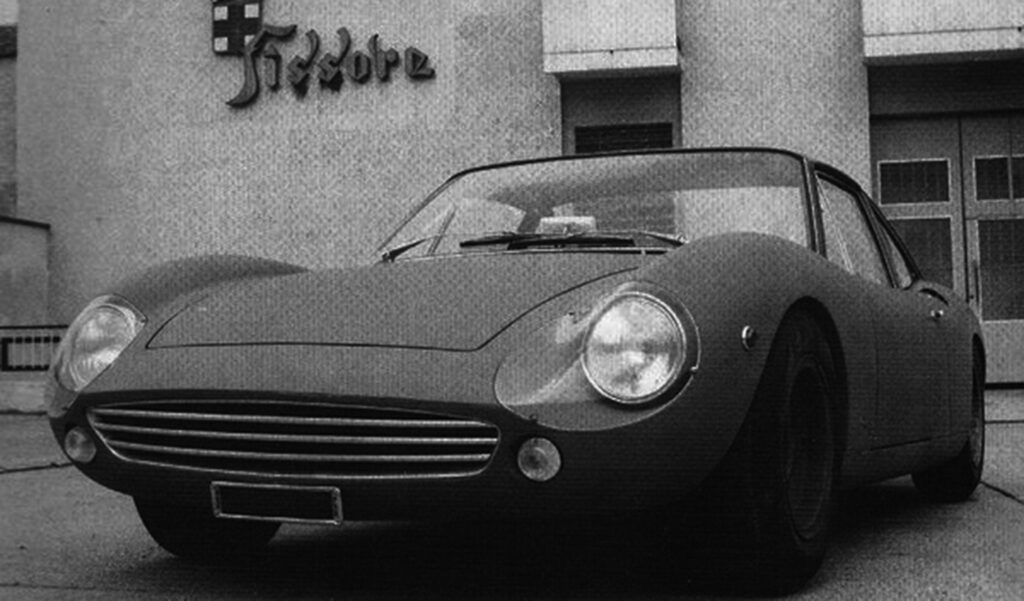
Alejandro de Tomaso was certainly not new to episodes of dubious correctness, considering his strong character, just think of the episode of plagiarism against Bertone, when at the 1971 Turin motor show he presented a copy of the Fiat X1/9 built by Ghia and branded De Tomaso. Even Tom Tjaarda, author of this 1600 Spider, confesses several times that working with Alejandro was very challenging, due to his explosive character.
Carrozzeria Fissore also ended up in the clutches of De Tomaso, albeit in a different way with the model “Vallelunga“, which was designed by the Savigliano based coachbuilder.
The De Tomaso Vallelunga berlinetta which its birth was a little perplex because it was first unveiled by Fissore at the 1964 Turin Motor Show, and the year after, without any substantial dimensional and stylistic variations at the Ghia stand. Of course, this episode causes anger to Mario Fissore, by seeing one of his creations exhibited under the sign of a competing brand.
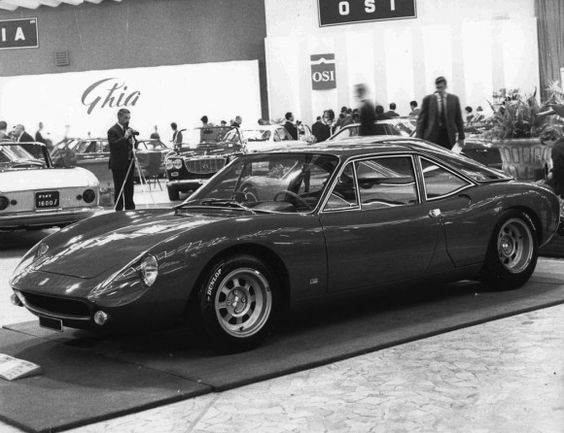
This photograph pictures the De Tomaso Vallelunga car in the foreground which, starting from the following year, was exhibited by Carrozzeria Ghia (whose stand can be glimpsed at the bottom) of which Alejandro De Tomaso became the owner and entrusted its production to it. Mario Fissore, to whom we owe the design of the model, for years beared with him the disappointment for the lack of recognition of the paternity of the same and for De Tomaso refusing to buy several bodies already produced. The bodies were later sent to a wrecker who was based right in front of the Fissore plant for their scrapping. In that stand of 1964, on the left you can see the Fiat 1600 Fissore spider designed by Mario Fissore assisted by Franco Maina and, behind the Vallelunga and the Elva GT BMW 2000 prototype designed by Trevor Fiore in collaboration with Mario Fissore’s staff.
1964 was a truly memorable year for the Fissore coachbuilder. Then, in the dispute over the preferences on the models made by the carrozzeria that was unleashed between uncles and numerous cousins, the most popular was the Vallelunga. The satisfaction was not only expressed by many family members for the good creative work that was being carried out at the time but also by the specialized press: on Motor Italia (n ° 9 of 1964), for example, Giorgio Rossotto defined the cars presented at the 1964 Motor Show by Fissore (referring especially to De Tomaso Vallelunga and Elva BMW) “the most interesting archivement in the field of medium-displacement gran turismo” defining the De Tomaso “more traditional but also more attractive”. Still recently Luis Ramos Penabad said: “Vallelunga stands out above all for its aesthetics. The the Fissore brothers and its designers created an authentic masterpiece, full of curves and lines that lead us to think that it was created by Bertone or Pininfarina.” Today, the world of collectors is looking for confirmation on the number of cars produced and on the creative authorship. Regarding the first aspect, the precise number of cars produced is not known: obviously everything depends on the conservation of production records. In case of Fissore they are unfortunately gone lost.
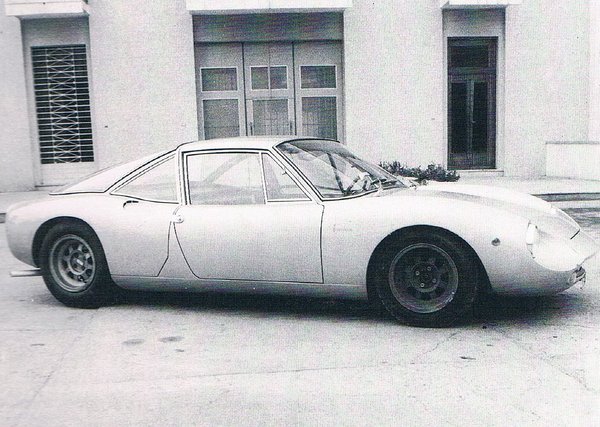
In any case, 2 Fissore prototypes in sheet metal (probably aluminum) were produced: the cars has different front grille. The 1963 “Barchetta” version, on the other hand, is not to be attributed to Fissore, as it was made by an artisan body shop near the DeTomaso plant. The Ghia production, according to almost all the authors of articles that have appeared on Vallelunga, was between 50 and 58 units produced. The Ghia version was distinguished from the prototypes designed and built by Fissore for its body built in fiberglass (instead of sheet metal) and features some differences such as the very narrow access to the engine that took place from a glass door rather than through the entire hinged rear of the prototypes (certainly more expensive) which facilitated maintenance on the mechanics, a system adopted later (1966) also by the well-known Lamborghini Miura.
The designer was Franco Maina. Usually Fissore’s technical office, directed by Mario Fissore (1920-2005), who was succeeded in 1977 by Franco Maina (1939-2019), worked out a first layout in 1/10 scale, sometimes 1/5, which was followed by a 3D model made in plasticine or wood. They were followed by the creation of the shape plan and the typing model in 1/1 scale. Only from the end of the 1970s style models were made in epowood and polystyrene. After the creation of the body it was customary to carry out an “as built” survey of the same, returning the orthogonal projections in 1/10 scale for storage in the archive. The date imprinted on this drawing tells us that the first car was completed in October 1964, shortly before its presentation at the 46th Turin Auto Show.
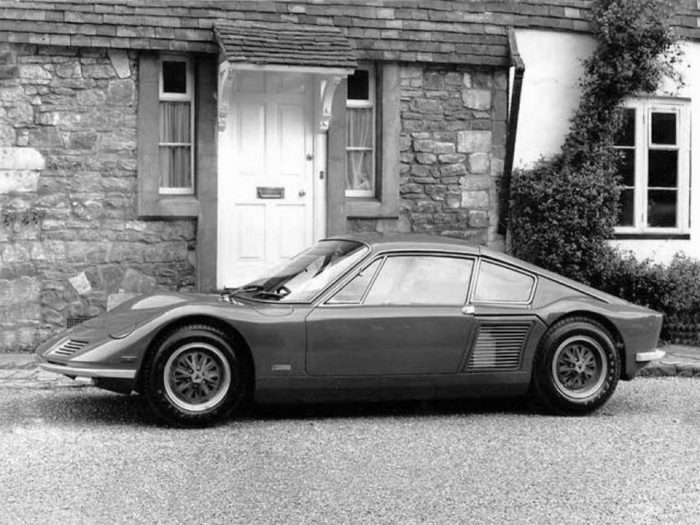
A final note: in 1966 Vallelunga Ghia version, was awarded by the MOMA of New York as “an example of technological progress and outstanding design”. “Too bad”, this was the recrimination of Mario Fissore, that it was a project developed entirely by Fissore which had been denied the official recognition received by the prestigious and even more famous Ghia coachbuilder. In this period of time the contextual presence of a very young Trevor Fiore (born in 1937, he was then 27 years old) gave a strong creative impulse to Carrozzeria Fissore. Projects like the Elva BMW of 1964, TVR Trident of 1965, TVR Tina of 1966 and Monteverdi HAI450 of 1970 has been created. His prolonged and permanent presence in Savigliano was a great stimulus to all the staff of the technical office headed by Mario Fissore in which Franco Maina was also emerging with professionalism and interesting ideas.
Source and photos by Paolo Fissore

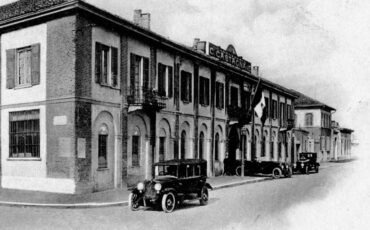
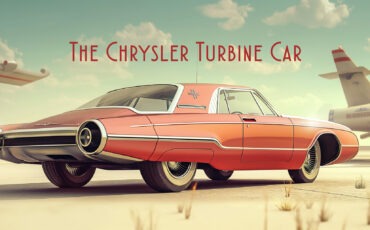
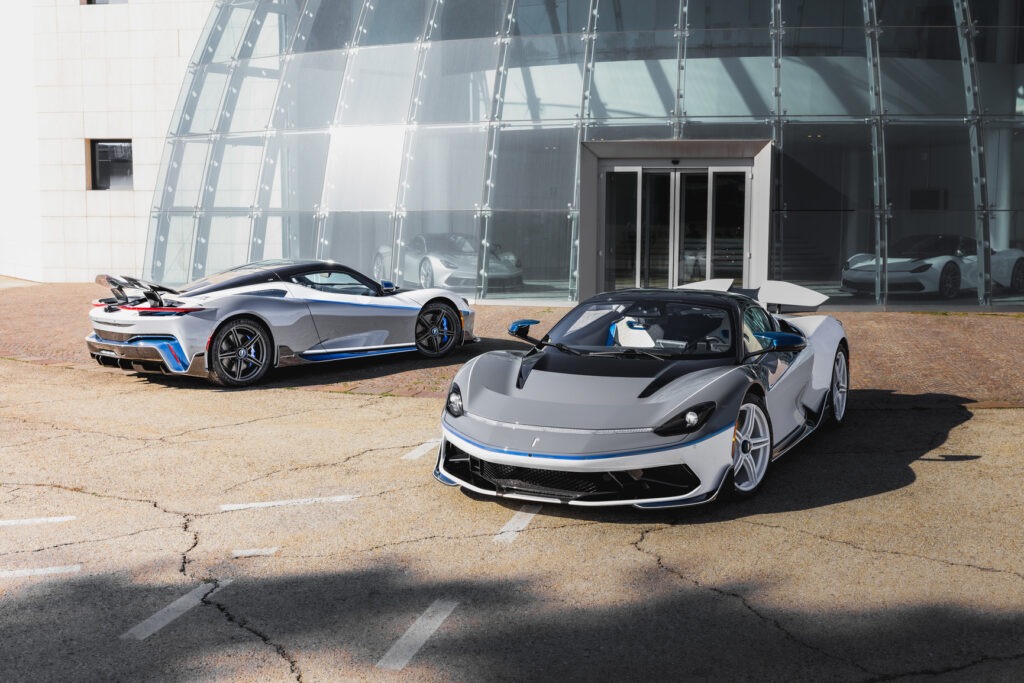
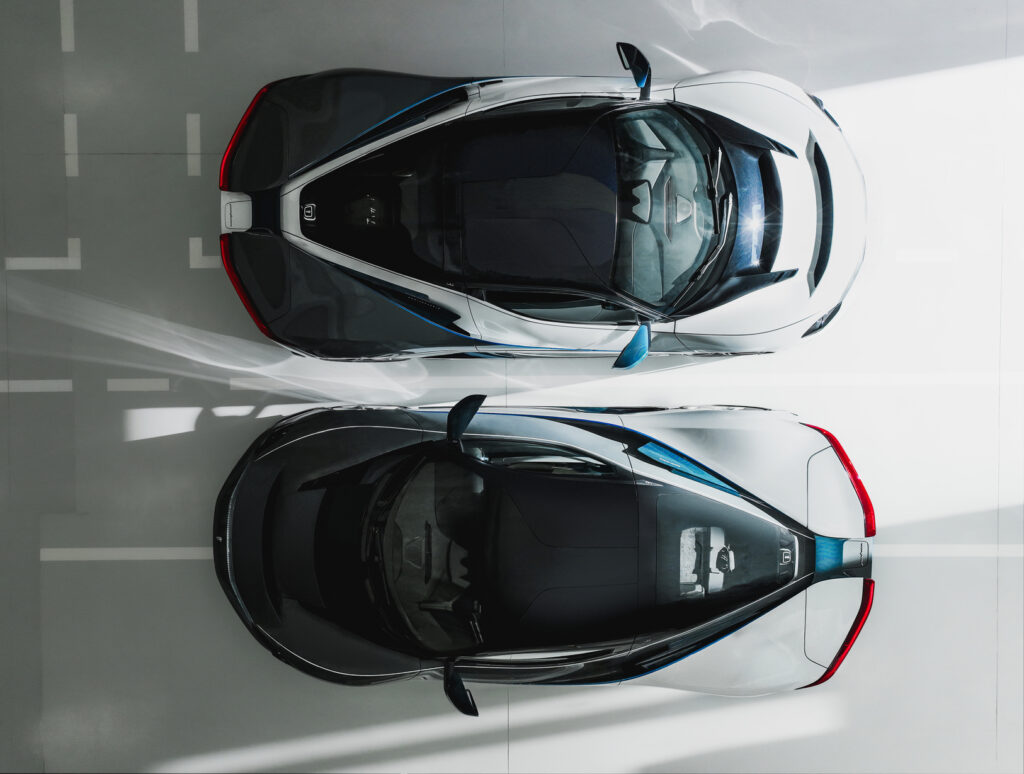
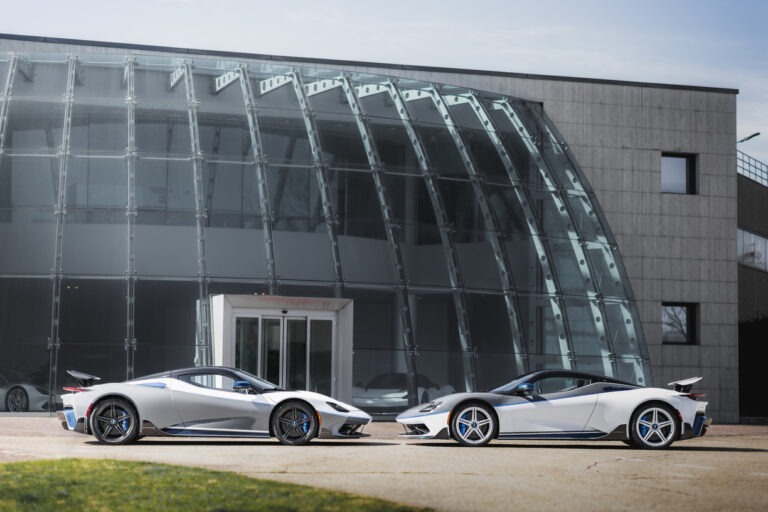
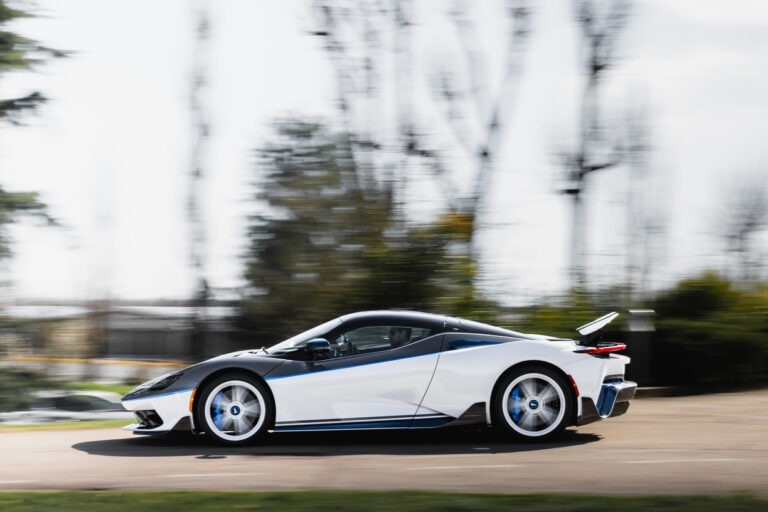
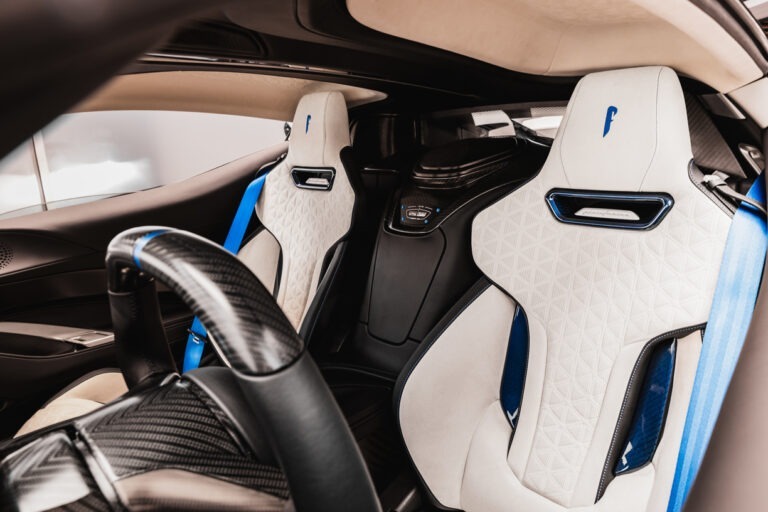
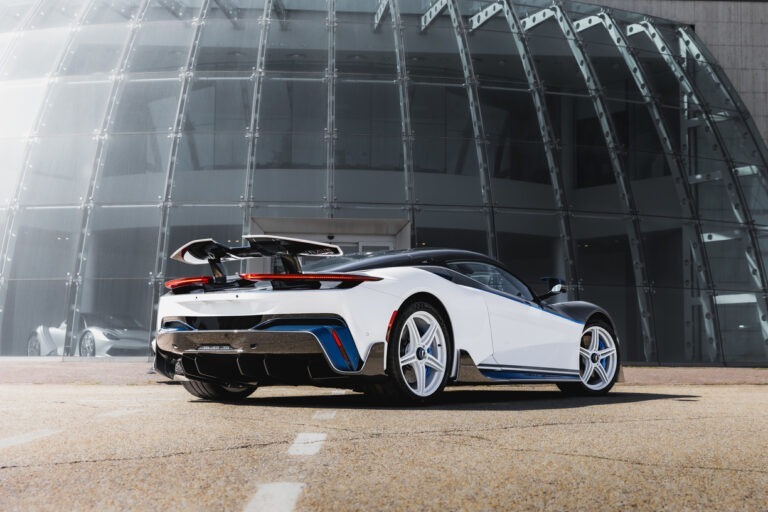
Amazing story! Thank you and Paolo Fissore for sharing it, this is the content we are looking for.
Che Alejandro avesse un caratteraccio era risaputo, mi chiedo come abbiamo fatto a passarla sempre liscia…
come dice anche la sua pagina wikipedia: La filosofia industriale di De Tomaso contemplava un approccio particolarmente aggressivo al mercato
Is the Fissore protype still in existance?
Very interesting backstory! Please more
very interesting… i didn’t know the story of the X1/9
DeTomaso = Mr. Selfish in person